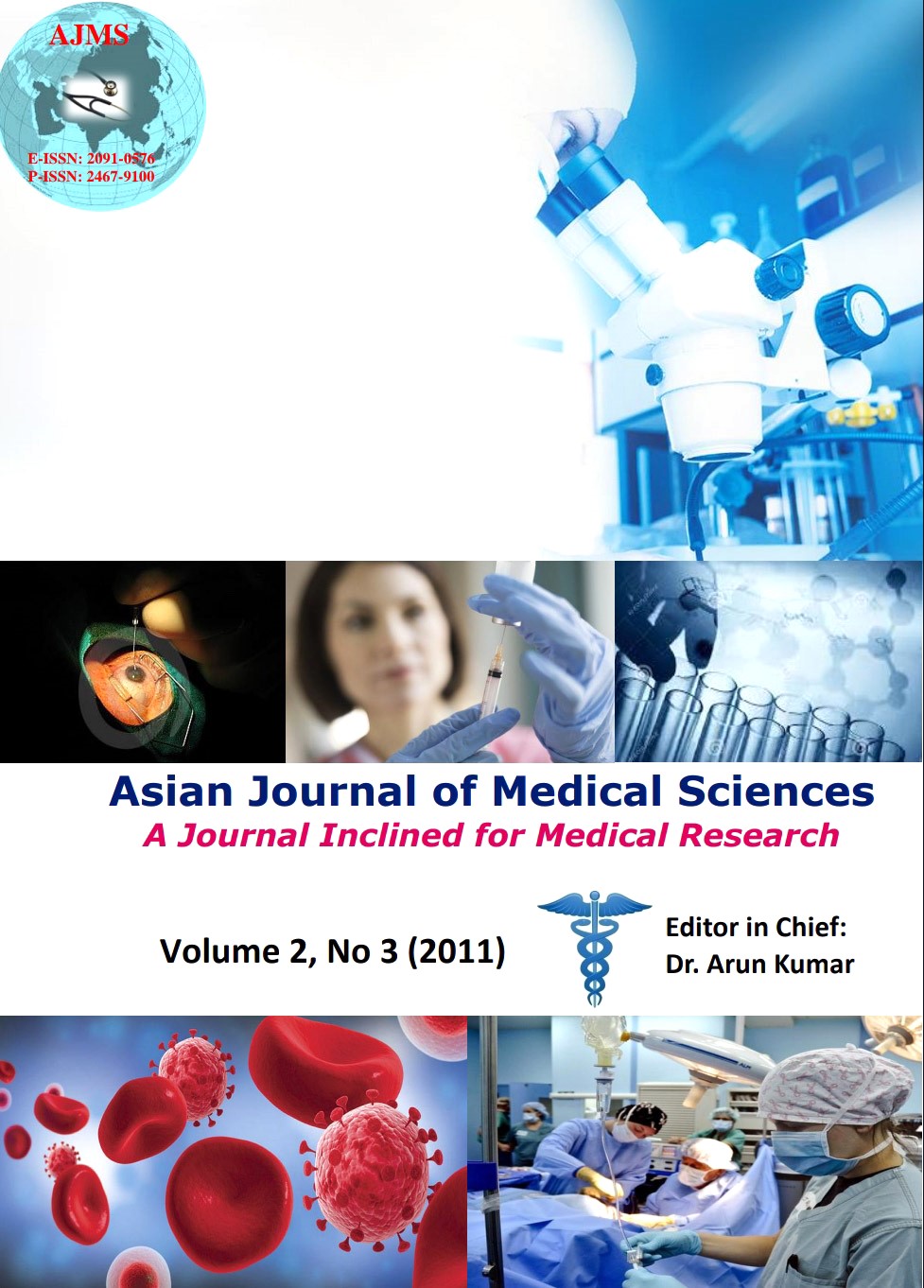Assessment of Physical Fitness Status of Young Sikkimese Residing in High-Hill Temperate Regions of Eastern Sikkim under the Influence of Climate and Socio-Cultural Factors
Keywords:
physical fitness, Harvard Step Test, anaerobic power, body fat, SikkimAbstract
Objective: The least populated state of India, Sikkim is situated over 6,000 ft as of the sea level. The health of people residing at high altitude is shaped not only by the low-oxygen environment, but also by population ancestry and socio-cultural determinants. These factors may also have an influence over their physical fitness level. Thus the present survey work was designed in order to assess the influence of high altitude on physical fitness and anaerobic power.
Material & Methods: The study was conducted in randomly selected young adult male residents of Gangtok, Sikkim (mean age 22.0) and the college students of Kolkata (mean age 21.9) served as controls. Some parameters of physical fitness and endurance were measured using resting heart rate, blood pressure, PFI, energy expenditure, VO2max etc.
Results: A significant difference (p<0.05) in blood pressure, PFI, energy expenditure, BF% and anaerobic power were found in Sikkimese.
Conclusion: This study implies health of young Sikkimese is not only under the influence of low-oxygen environment but also by their socio-cultural factors over their physical parameters.
DOI: http://dx.doi.org/10.3126/ajms.v2i3.5368
Asian Journal of Medical Sciences 2 (2011) 169-174
Downloads
Downloads
Published
How to Cite
Issue
Section
License
Authors who publish with this journal agree to the following terms:
- The journal holds copyright and publishes the work under a Creative Commons CC-BY-NC license that permits use, distribution and reprduction in any medium, provided the original work is properly cited and is not used for commercial purposes. The journal should be recognised as the original publisher of this work.
- Authors are able to enter into separate, additional contractual arrangements for the non-exclusive distribution of the journal's published version of the work (e.g., post it to an institutional repository or publish it in a book), with an acknowledgement of its initial publication in this journal.
- Authors are permitted and encouraged to post their work online (e.g., in institutional repositories or on their website) prior to and during the submission process, as it can lead to productive exchanges, as well as earlier and greater citation of published work (See The Effect of Open Access).




